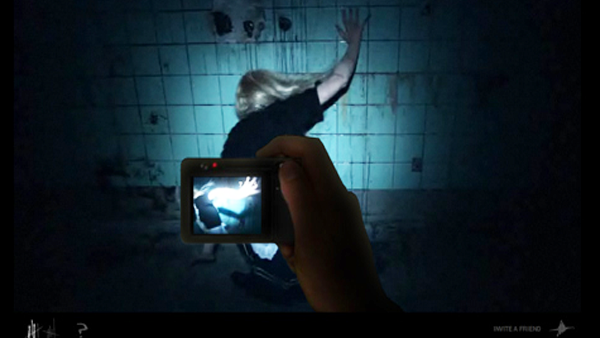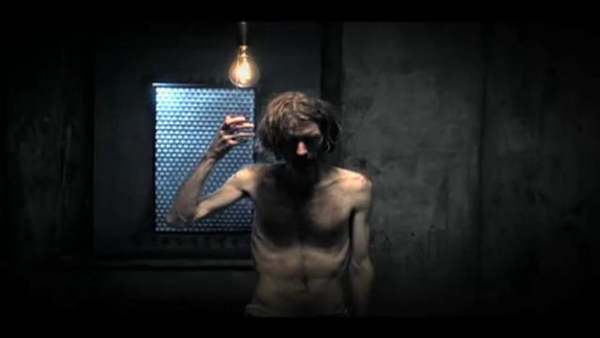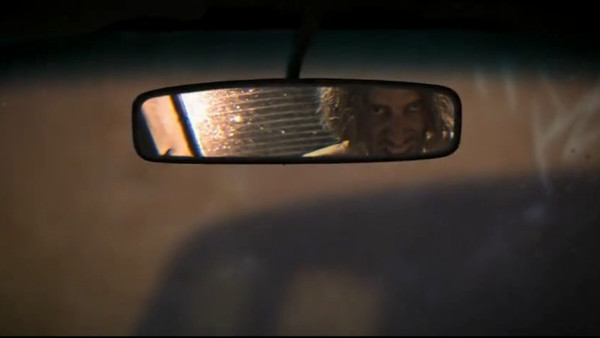Hotel 626: The Best Horror Game You'll Never Get To Play
Weaponising your webcam and hacking your phone is a little too close for comfort.

Hotel 626 is a strange beast. Now forgotten to the world of YouTube walkthroughs and only known by those who were curious enough to give it a go, the online horror experience was something entirely unique to the ever growing generation of internet dwellers when it first appeared in 2008. Utilising a range of invasive technology tricks, Hotel 626 prided itself on creating an atmosphere that wasn't confined simply to the screen - bringing your own phone, webcam, and microphone into the mix to make something truly unpredictable.
Perhaps the most interesting thing about the game though is that it was built entirely on the back of a marketing stunt, by none other than the crisp powerhouse themselves - Doritos. Bringing the Black Pepper Jack and Smokin' Cheddar BBQ flavours 'back from the dead', the promotional packs advertised a mysterious website listed as www.hotel626.com, titled for its access hours of 6pm to 6am everyday.
Any other attempt to enter would be met with a reservation screen, as ghosts don't like working when the sun's up in this place. Now ten years old, the game seemed to somewhat slip under the radar at the time, and currently is still very much dead since disappearing in 2011.
So what was so special about it?
Hotel 626 was a genuinely inventive little horror game, especially for a simple flash player effort, bringing together cinematic-quality cutscenes with fourth-wall breaking interaction. The premise is simple: you wake up in bed at 2:00am and have to escape a haunted hotel, traversing through different rooms filled with monstrous inhabitants. Playing in first person, you're constantly faced with an impending, tentacle-like darkness creeping in, forcing you to run wherever the hotel dictates you to.

Tying together influences not dissimilar to American Horror Story, The Shining, and No-End House, there's some quality scares combined with the classically creepy setting. Though the game's not much longer than 15 minutes of playtime, and runs through an internet browser, pieces like P.T. can vouch for the quality of the gameplay mattering much more than its quantity.
Of course, horror games have to abide to some cliches and narrative tropes as a simple rule of the genre, so whilst jumpscares, darkness, and possessed NPCs are expected and taken with a grain of salt - it's the way that the hotel delivered its classic spooky storyline that set it apart from its competition. It only makes it all the more bizarre that a snack company funded it with no visible profit for themselves.
As for the gameplay itself then, you're initially faced with a demonic maid hiding in a bathroom. She can only be escaped by flashing your camera in her face, but you can only do that by finding her in the dark first, listening through your headphones whilst she whispers weird nonsense to herself to get a feel for where she is. Moving through the rooms, a creepy baby then needs quite literally singing to sleep with a lullaby of your choice, forcing you to croon into the microphone at just the right volume, lest you get your face ripped off.
The game continues in much the same way, even taking pictures of you with your own webcam at key jump scares to add to its photo-library of terrified guests at the hotel, which you can browse through if you make it out alive from an unknown serial killer's lair.

If all that wasn't enough, entering your phone details results in a real-life call to tell you exactly how to escape. But as many players soon found out, that wasn't exactly the end of it - the game would call you at a later date to tell you that you never really left the hotel, and that there's no real escape from its horrors. If anything was enough to make you shut your laptop and never mess with the internet again, this was definitely it.
A disappointing sequel came in the form of Asylum 626 the next year, but didn't have the same draw or creative flair that intrigued so many players the first time around. Asylum also actually required codes taken from Doritos packets to enter the site, a clear sign that money was the driving force rather than giving something back to their consumers - which is fine, they have to make it somehow - but the choice vastly altered the tone from Hotel's brand freedom.
Playing on the anxieties of a generation growing up online, Hotel 626 was an excellent reflection of how technology can come back to bite us on the ass, before disappearing into the ether itself. Many speculated that by using personal information, the game had condemned itself to being sued out of existence - or on the other hand, that it was so scary it had to be taken down for fear of terrifying people half, or fully, to death.
Whilst either would be a heroic end to Hotel 626's online run, the truth is sadly a lot less interesting. Doritos just decided they'd had enough of paying for the domain and let it expire, dropping the whole thing into obscurity. It's somewhat fitting for the mystery nightmare hotel storyline, but sad enough that new players will never get to look back on this neat little spooky game. Hotel really was an excellent product of its time and an apt reflection of how technology can be turned against us so easily: something interesting to think about after you'd dumped all your personal details into its sign in page.
In any case, more horror games could take inspiration from interacting with wider branching technology, transforming VR from a headset experience into terrifying real-life situations.
For now though, the hotel is closed, the asylum is locked, and only gameplay footage remains. Looks like you'll have to get your phone haunted elsewhere, folks.